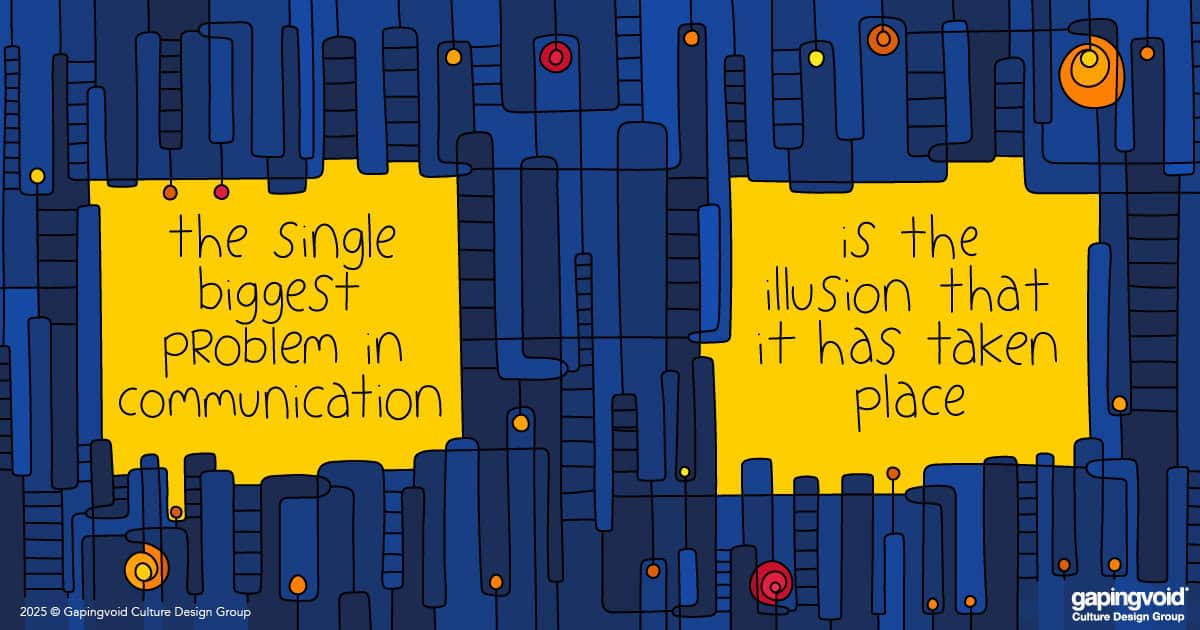
Have you ever pushed a door that was supposed to be pulled? Activated the wrong heating pad on the oven? Fumbled with the parking brake in your car?
Designers call this the gap between “affordances” and “signifiers.” Fancy, right?
Affordances are what the design makes possible. Signifiers make you aware of these possibilities.
Think of a sleek glass wall in a modern office. Hidden within it is a door that opens when pushed. Walking through it is an affordance that could lead somewhere interesting. But without a signifier (handle, sign, frame), it might as well be invisible.
Or take a restroom in a corporate office. The actual door separating it from the hallway is the affordance. The sign saying “Men,” “Women” or both is the signifier. That’s how you know it’s a restroom and not the Xerox machine or the coffee room.
This got us thinking: Where are the invisible doors in our organizations? Because they are certainly there, even if we don’t see them.
You say: Innovation lives here. But your processes scream: Play it safe.
You promise: Conflict is frequent where candor is safe! But your meetings whisper: Stay quiet.
You declare: Take ownership and proceed until apprehended, but the system really says: Get another approval.
The most meaningful affordances- top cover, ownership, autonomy to create etc -mean nothing without the right signifiers: the visible, tangible proof that these possibilities are real and encouraged.
Great cultures don’t just create doors. They make them impossible to miss.



